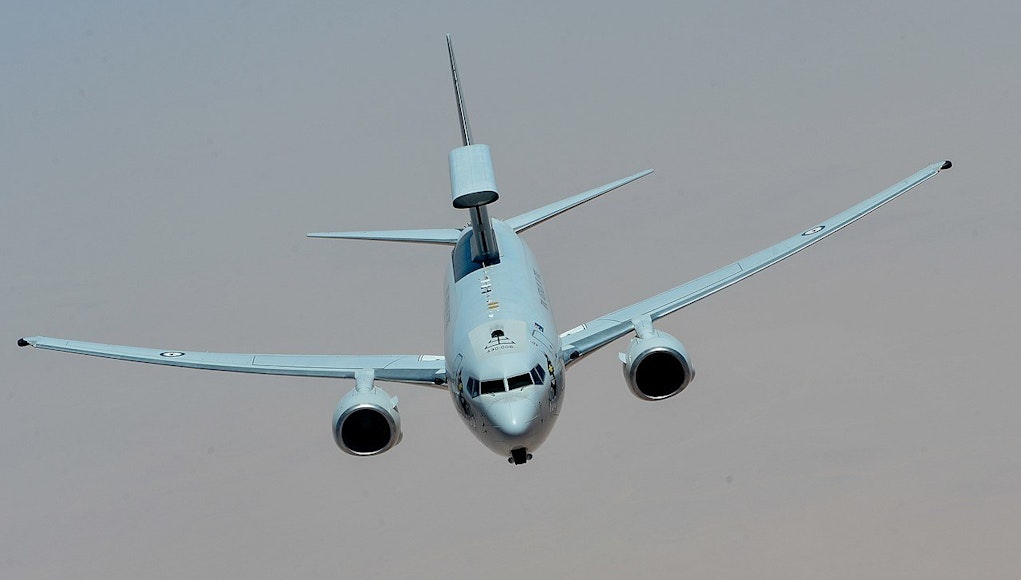 |
| The E-7 Wedgetail, currently in service with the Royal Australian Air Force |
Under the name “Project Wedgetail,” the E-7 Wedgetail was born. The modified Boeing 737 was tailor-made for the Royal Australian Air Force (RAAF) but started out with a troubled first couple of years. They saw significant delays due to trouble with the integration of systems, ending up with Boeing announcing an 18-month delay in delivery as well as facing a hefty $770 million fine. Later in 2008, another delay was announced, pushing the first two aircraft deliveries in the latter part of 2009, only formally being accepted by the RAAF on the 5th May 2010. Finally, after 6 long years, the last of the ordered 6 aircraft were delivered in 2012. The project finally picked up steam and 4 were delivered each to Turkey and South Korea.
So the British government announced back in 2018 that the E-7 Wedgetail was a possible replacement for the ageing E-3D Sentry AWACS fleet. This in mind, how does it match up to the iconically designed Sentry? Well, the Wedgetail is is a considerably more modern airframe, based on the 737 that is trusted and used throughout the commercial aviation world. Because of this, only a maximum of 10 people needs to man the aircraft compared to the 19 for the Sentry. It is also faster than its older sister, with the cruising speed being 530mph, the top speed for the E-3. The E-7 is lighter and with a smaller wingspan and airframe, so is much cheaper to maintain than the Sentry, which has been plagued with electrical faults. But the Wedgetail doesn't dominate in all areas.
 |
| A Royal Australian Air Force E-7 Wedgetail |
Due to it being a smaller, more compact aircraft, it simply does not have the fuel capacity of the Sentry, impacting the range with only 88% of the Sentry’s 4000 Nautical Miles. Arguably, it doesn't make up for this with the main attraction, the radar located in the “Dorsal Fin”. The E-7 can only track an object up to 600km, compared to the Sentry, which is able to track up to 650km on its BTH radar. One thing, on the other hand, the Wedgetail can do consistently well is object tracking, specifically in excess of 180 objects at one moment in time, something the powerful but aged radar of the Sentry simply doesn't have the technology to do. Also, due to it being more modern, it can integrate with more modern attack assets, such as the F35 our Australian cousins are operating too.
With the MoD having sent 3 RAF personnel to train on the aircraft, it seems they are ever closer to signing the $2.6 billion contract for 6 aircraft, directly replacing the 6 active and 1 training Sentry. Although with several members of parliament accusing the MoD of “Boeing favouritism” and these MP’s siding with the much more competitively priced Saab offer, which involves mounting the Erieye radar on Voyager type aircraft, it seems that the E-7 Wedgetail has a way to go in order to prove its worthiness for this important role in the RAF.

Comments
Post a Comment